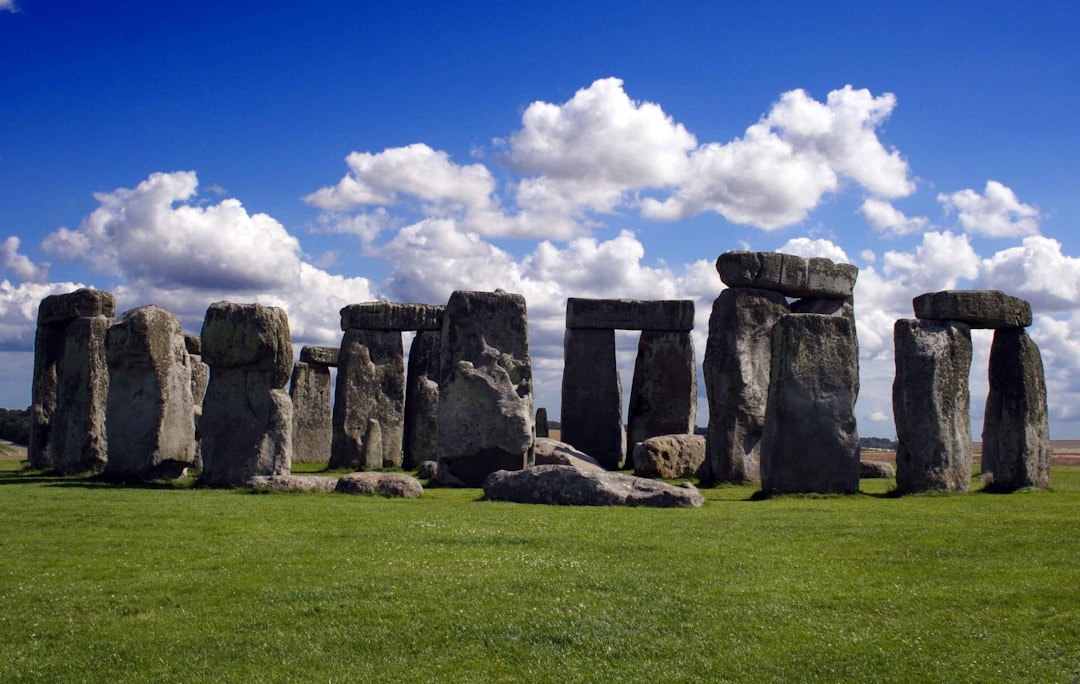The night sky that we all love watching is full of countless stars. But humans have always wondered about the position of these stars in the universe. Throughout history, civilizations have developed different methods to read, understand, and map the sky's stars. Babylonians, Egyptians, Indians, and the Chinese all developed their own systems to map the stars.
Greek astronomers have historically documented most of the work done on stars. Their work is available through dusty tomes in libraries around the world. Islamic astronomers continued Their work, and then by the modern European astronomers. In this article, we will talk about some of the astronomical ideas of the past.
The Sphere World
The idea about the world being a sphere was well established and widely accepted by people of the 5th century B.C. This point in history is critical, as many people still think that historically people from this time considered the earth to be flat. But this notion is entirely false.
The idea about the earth being sphere was proposed in the 5th century. The main argument was when a lunar eclipse happens, the shadow of the earth cast by the moon suggests that the planet is a sphere. The shadow of the earth on the moon during a lunar eclipse moves in a circular manner. This argument proposed by Anaxagoras and Empedocles suggests that the world is a giant sphere.
Evidence of The Sphere Earth
As mentioned earlier, one of the main arguments regarding the earth being sphere was the observation of its shadow on the moon during a lunar eclipse. But lunar eclipses are rare. So, further evidence was needed to prove that the earth is a sphere.
The other requisite proof of the earth being spherical can be seen in the experience of the sailors. When we see a ship appearing slowly from the horizon, we first see its top part before the bottom starts showing. This evidence is also used in lots of different astronomy books throughout history to illustrate the earth's roundness and spherical shape.
If the earth were flat, you would see it as soon as it came within your visible range. This fact is also used against the people believing in a flat earth.
Size of the Earth
Lunar eclipses not only helped us understand the shape of the earth, but they also helped determine the size of the planet as well. The method to figure out the earth's size using the data collected from a lunar eclipse was invented in the 3rd century B.C. A copy of the original picture of this work is still available and can easily be found online. Aristarchus did this work.
The earth's circumference was also measured in 240 B.C. by Eratosthenes, but he used a different approach. He used the shadows cast in two different regions to measure their angle with the Sun and figure out the earth's circumference.
However, there is some dispute regarding this method as the units are not clear. But the measurement he came up with is actually quite close to the earth's actual circumference.
Greek academics and astronomers also worked extensively in mathematics and used their expertise to explore the world and nature around them. This was, however, based on the evidence they could find.
Aristotle And Cosmology
Following and accepting the tradition that had been started before him, Aristotle also believed that there are four key elements: air, fire, water, and earth. The main reason behind this idea is difficult to understand as we look at the matter differently these days. Aristotle filled all the space with some combination of two or more elements, as there was nothing as space in his system.
He further divided the pairs of these elements into hot, cold, dry, and wet. These quartiles combined to make other elements in this system. This system allowed replacing one element by another one; this explained the changes occurring on our planet. Water converts into steam when it is heated, and the steam looks like air.
Elements in the Cosmic Model
We have mentioned Aristotle's elements. Let'sLet's talk a bit more about them. In his model, he gave every element a certain weight. The heaviest was earth, then water, followed by air, and fire was the lightest of all the elements. According to his theory, the heaviest elements settled in the center of the universe, and lighter elements moved away from the center. The universe also contained a mixture of these elements in this model.
According to this model, most of the things on the earth are a combination of these elements, and change occurs when these elements mix. When it came to the heavens, Aristotle said that they were in a separate realm and were governed by their own rules.
Wandering and Fixed Stars
The celestial region of the universe was very different from the earth. Two essential types of celestial objects were fixed and wandering stars. Some of the items are stationary in the sky, and they appear in the same position every night. These are fixed stars, and they all move at the same pace maintaining a certain distance from each other. The planets in the solar system and the moon were considered "wandering stars" by the Greeks.
The thought among intellectual circles in Greece at the time was that the whole universe was in the shape of a great sphere divided into two parts. The inner part was called the terrestrial region, and the outer one was called the celestial part. The border between these two spaces was the orbit of the moon.
Fixed Celestial Region
In his book, Aristotle mentioned that he did find any change whatsoever in the positioning of the fixed celestial region and the things inside this region. But in his time, there was not much evidence or studies available on this topic. Comets and other moving things like them were not a problem in this system, as they were added to the terrestrial region.
This model had its justification back then. Different movers located in the celestial region were responsible for the movement of stars in that region. An "unmoved mover" was the entity that would cause a star to wander about in the heavens. Many Greeks considered this unmoved mover to be God.
Ptolemy's Work in Astronomy
Ptolemy is also one of the most famous names in the history of astronomy. He wrote many important studies about astronomy from his house in Alexandria, Egypt, in the later 1st and 2nd century. In his works, Ptolemy used the works of Babylonians and other astrologists of the past. By doing this, he was successful in developing a system to predict the motion of the stars. He published this in his book Almagest.
Almagest became so popular that the works of others in this field went out of circulation. This book remained the primary source of knowledge and research about the area for the next thousand years to come.
How did people use the Stars and Planets?
Since people in the past did not have satellites and modern technology to understand the universe in a better way, they assumed different things. They would map the stars in the night sky and used them for navigation in the dark.
Here is how people used their knowledge of stars and planets in the past.
Different Types of Ancient Calendars
Astronomy dates back 5000 years when the early astronomers used their knowledge of the changing position of the Sun and the changing shape of the moon for various purposes. This knowledge was used to help people sow crops according to the changing weather conditions throughout the year.
Different shrines and ""henges" were built to remember the key astrological moments. Henges are mostly found in the U.K. What do these celestial calculators look like? Stonehenge is the most famous henge in the world right now.
Navigators of the Old Times
As it is already very popular, ancient sailors used stars to navigate the sea. People also used to observe the Sun's movement in the sky to navigate. This was the time when various star combinations like the big dipper were associated with specific fixed directions.
Sailors used various star combinations to help themselves in exploring different directions. This navigational system was very successful and was in use until recently. This knowledge helped sailors find new areas and increased possibilities for extended travels in the sea. Stars have always been used as a way of navigating through the sea.
Future Prediction
The astrological signs that we all use and live today are creating some of the oldest astrologists known to history. Ancient civilizations, such as Babylonians, used to believe that keeping an eye on the planets' movement can help predict the future of an individual and that these planets have their effects on human life.
This was a brief introduction of astronomy, and older civilizations learned more about stars with passing time.











